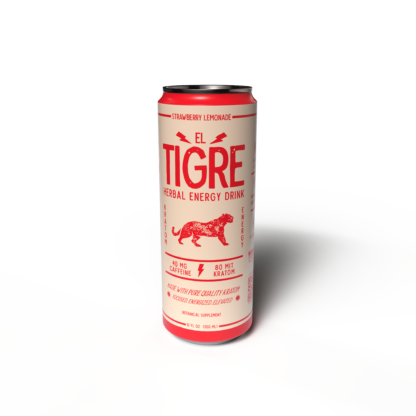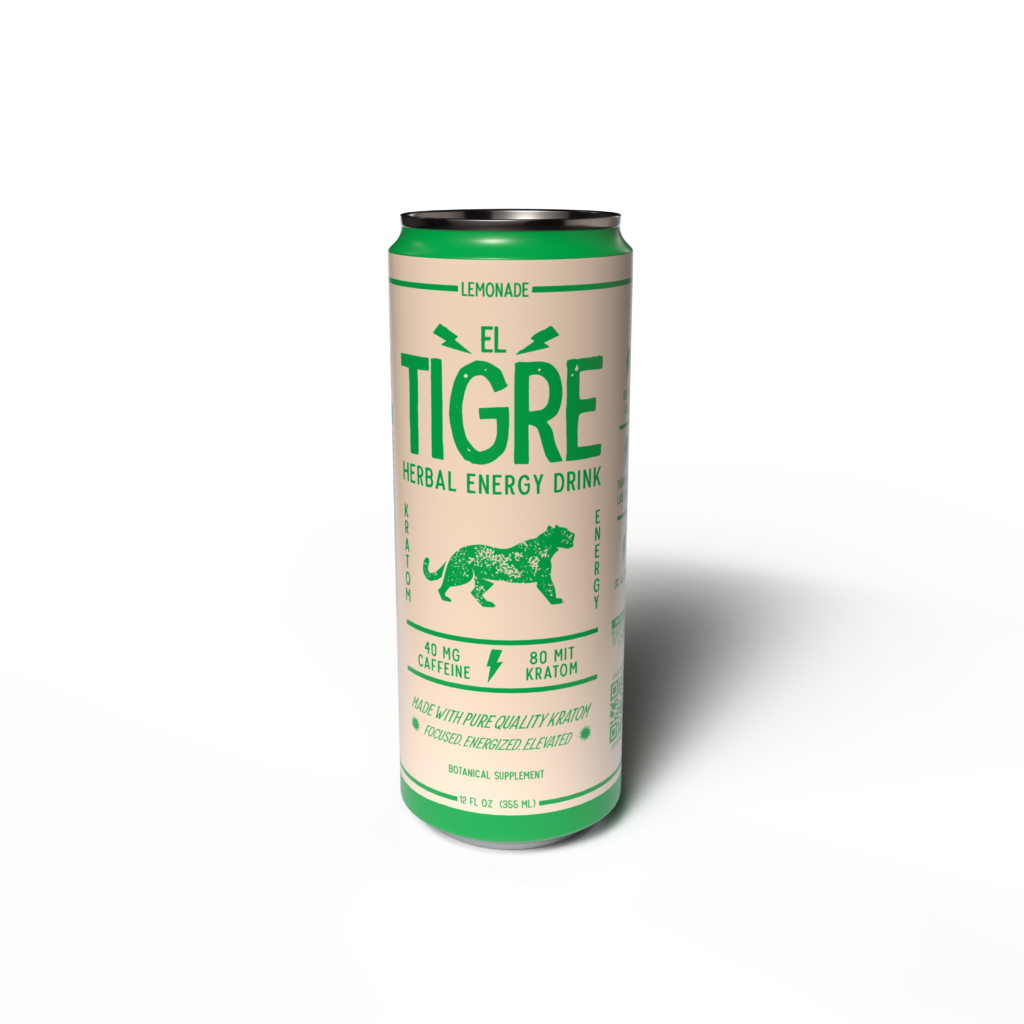The Placebo Effect and Perceived Energy
Kratom, a plant native to Southeast Asia, has gained popularity for its purported energizing and mood-boosting effects. While scientific research on kratom’s active compounds is ongoing, many users report experiencing increased energy levels after consuming it. However, a significant factor influencing these perceived benefits may be the placebo effect. This phenomenon occurs when a person experiences a real physiological change as a result of believing they are receiving a treatment, even if that treatment has no inherent medicinal properties. Exploring the role of the placebo effect in kratom’s perceived energy benefits is crucial for understanding its potential impacts and informing responsible consumption.

Definition of Placebo Effect
The placebo effect is a well-documented phenomenon where a person experiences a real, measurable change in their physical or psychological state after receiving a treatment that has no inherent therapeutic value. This change occurs solely because the individual believes they are receiving an effective treatment. For example, a patient given a sugar pill might report feeling better simply because they believe it is a genuine medication.
Mechanism of the Placebo Effect
The mechanism behind the placebo effect is complex and not fully understood, but it likely involves multiple interacting factors. One key aspect is conditioning, where previous positive experiences with medications or treatments can create an expectation of benefit when receiving a placebo. This anticipation can trigger physiological responses, such as the release of endorphins (natural pain relievers) or dopamine (associated with pleasure and reward), leading to subjective improvements in well-being.
Additionally, cognitive factors like beliefs, expectations, and attention play a crucial role. When someone believes they are receiving a beneficial treatment, they may pay more attention to positive sensations and downplay any negative ones, reinforcing the perceived effect. Furthermore, the ritualistic aspects of taking a pill or receiving an injection can contribute to the placebo response, as the act itself can signal a change in state and trigger psychological changes.
Kratom’s Energizing Effects
Kratom, a tropical plant gaining popularity for its energizing properties, often leads users to report increased alertness and focus. However, the extent to which these effects are genuinely attributable to kratom’s chemical compounds versus the power of suggestion remains a subject of debate.
Potential Physiological Mechanisms
While kratom contains active compounds like mitragynine and 7-hydroxymitragynine, which may have stimulating properties, it’s difficult to separate their direct effects from the potential influence of the placebo effect on perceived energy boosts.
The mechanism by which kratom might exert energizing effects is not fully understood, but some theories suggest that its alkaloids could interact with opioid receptors in the brain, potentially influencing neurotransmitters associated with alertness and motivation like dopamine and norepinephrine.
However, given the subjective nature of energy perception and the documented power of the placebo effect, it’s important to consider the possibility that user experiences might be partly shaped by their expectations and beliefs about kratom’s energizing properties rather than solely by its chemical constituents.
Individual Variability in Response to Kratom
Individual responses to kratom can vary greatly, with some experiencing pronounced energizing effects while others report minimal or even opposite effects. Factors influencing these differences include individual metabolism, genetics, body weight, tolerance levels, and the specific preparation and dosage of kratom consumed.
Some individuals may be genetically predisposed to respond more strongly to kratom’s alkaloids, experiencing a greater surge in energy or heightened alertness. Others might metabolize the compounds differently, resulting in less pronounced or shorter-lasting effects. Tolerance can also play a significant role; regular kratom users may develop a tolerance to its energizing effects, requiring higher doses to achieve the same level of stimulation.
Additionally, the preparation and dosage of kratom significantly impact individual experiences. The extraction method used to create various kratom products can influence the concentration of active compounds, leading to different levels of potency. Furthermore, the route of administration (e.g., chewing fresh leaves, consuming capsules, brewing tea) and the dosage consumed directly affect the rate and intensity of absorption, influencing the perceived energizing effects.
The Role of Expectation and Perception in Kratom Energy Drinks
The rise in popularity of kratom energy drinks has sparked interest in understanding how expectations and perceptions shape user experiences. While kratom is known for its potential energizing effects due to compounds like mitragynine and 7-hydroxymitragynine, the placebo effect may significantly contribute to these perceived benefits.

Influence of Marketing and Advertising
The marketing and advertising of kratom energy drinks often play a significant role in shaping consumer expectations. Brands frequently use language that emphasizes the energizing and mood-boosting effects of kratom, highlighting testimonials from satisfied users who report increased alertness, focus, and overall well-being. These marketing messages can create a strong belief in potential benefits, potentially amplifying the placebo effect.
By associating kratom with positive attributes and desirable outcomes, marketers contribute to a perception that kratom energy drinks are effective for enhancing performance, overcoming fatigue, or simply improving mood. This pre-existing expectation can influence how individuals perceive the effects of the drink, leading them to interpret subtle changes in their state as significant improvements even if those changes are primarily psychological.
Consumer Beliefs and Expectations
Consumer beliefs and expectations play a crucial role in shaping the perceived effects of kratom energy drinks. Marketing strategies that emphasize energizing properties and highlight positive user testimonials can create strong anticipatory beliefs, influencing how individuals experience the drink. This is where the placebo effect comes into play.
When consumers expect to feel energized after consuming a kratom energy drink, their brains may be primed to interpret any subtle changes in their state as evidence of the drink’s effectiveness, even if those changes are primarily psychological.
Furthermore, individual experiences with stimulants or other energizing substances can also shape expectations. Users who have previously experienced positive effects from caffeine or other sources of stimulation may be more likely to perceive kratom energy drinks as effective, regardless of the actual physiological impact.
Understanding these psychological factors is essential for interpreting research on kratom’s potential benefits and risks. It highlights the importance of carefully distinguishing between genuine pharmacological effects and placebo-induced responses when evaluating the efficacy and safety of kratom-containing products.
Evaluating the Efficacy of Kratom Energy Drinks
Kratom, a plant gaining traction for its energizing properties, often leads users to report increased alertness and focus. However, it’s crucial to consider if these reported benefits are primarily due to kratom’s active compounds or the powerful influence of the placebo effect. While kratom does contain mitragynine and 7-hydroxymitragynine, which may have stimulating effects, separating their direct impact from user expectations is a complex challenge.
Rigorous Scientific Studies on Kratom
Kratom’s perceived energizing effects are often attributed to its active compounds, mitragynine and 7-hydroxymitragynine. These alkaloids may interact with opioid receptors in the brain, potentially influencing neurotransmitters associated with alertness and motivation like dopamine and norepinephrine. However, disentangling the true impact of these compounds from the powerful influence of the placebo effect is a significant challenge.
Rigorous scientific studies are crucial for evaluating the efficacy of kratom energy drinks and understanding its potential benefits and risks. Well-designed double-blind, placebo-controlled trials can help determine whether kratom’s effects are genuine or largely attributable to psychological factors. Such studies involve administering either a kratom-containing drink or a placebo beverage to participants, ensuring neither the researchers nor the participants know who received which treatment. This design helps minimize bias and provide more reliable evidence about the true efficacy of kratom.
Furthermore, researchers should investigate individual variability in response to kratom, considering factors such as genetics, metabolism, body weight, and prior experience with stimulants. Understanding these variations can shed light on why some individuals experience pronounced energizing effects while others report minimal or even opposite effects.
It’s also essential to investigate potential adverse effects associated with kratom consumption, particularly in the context of energy drinks. Studies should explore the long-term health implications of regular kratom use, considering its potential impact on cardiovascular health, respiratory function, and mental well-being.
Limitations of Existing Research
Evaluating the efficacy of kratom energy drinks requires a careful examination of both pharmacological effects and the powerful influence of the placebo effect. While kratom contains alkaloids like mitragynine and 7-hydroxymitragynine that may have stimulating properties, separating their direct impact from user expectations is complex.
Existing research on kratom is limited by several factors. Many studies rely on self-reported data, which can be influenced by subjective perceptions and the placebo effect. Furthermore, a significant portion of kratom research has been conducted on animal models or in vitro settings, making it difficult to directly translate findings to human experiences.
The rise of kratom energy drinks introduces additional challenges. Marketing strategies often emphasize energizing properties and highlight positive user testimonials, potentially influencing consumer expectations and amplifying the placebo effect. This makes it even more crucial to design rigorous research studies that can effectively isolate the true effects of kratom from psychological factors.
To gain a clearer understanding of kratom’s potential benefits and risks, future research should prioritize double-blind, placebo-controlled trials in human participants. These studies should investigate not only the acute effects of kratom energy drinks but also long-term health consequences.
Additionally, researchers should delve deeper into individual variability in response to kratom, considering factors like genetics, metabolism, and prior experience with stimulants. This comprehensive approach will provide a more nuanced and accurate understanding of kratom’s effects.
Importance of Controlled Trials
Evaluating the efficacy of kratom energy drinks requires a careful examination of both pharmacological effects and the powerful influence of the placebo effect. While kratom contains alkaloids like mitragynine and 7-hydroxymitragynine that may have stimulating properties, separating their direct impact from user expectations is complex.
Controlled trials are essential for disentangling these influences. Double-blind, placebo-controlled studies allow researchers to administer either a kratom-containing beverage or a placebo to participants while ensuring neither the researchers nor the participants know who received which treatment. This design minimizes bias and provides more reliable evidence about the true efficacy of kratom.
These trials should also investigate individual variability in response to kratom, considering factors like genetics, metabolism, body weight, and prior experience with stimulants. Understanding these variations can shed light on why some individuals experience pronounced energizing effects while others report minimal or even opposite effects.
Furthermore, researchers must thoroughly explore potential adverse effects associated with kratom consumption, particularly in the context of energy drinks. Long-term studies are needed to assess the impact of regular kratom use on cardiovascular health, respiratory function, and mental well-being.
Refresh with a Just Kratom drink
KSP Rules Cakes
Musings of a Makeup Artist
- Skin Treatment & Skincare Consultations Near Shirley, Surrey - June 16, 2025
- Shotgun Open Butterfly Sex Position - June 16, 2025
- Retinol Peel Near East Horsley, Surrey - June 15, 2025
